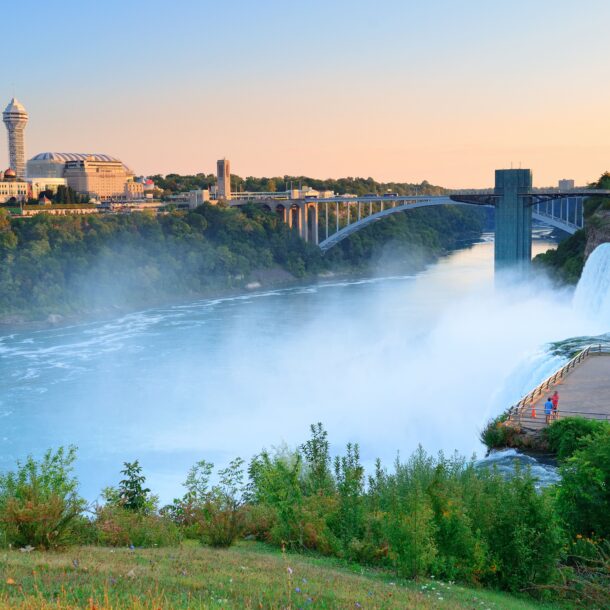
The Other Face of Bangkok
Stuffy and humid Bangkok might not initially appeal to the senses; trudging through the city is like going through an arduous climb. You are bound to cross paths with narrow alleys called Soi’s, filled to the brim with street stalls wending past shops and restaurants with a pungent mixture of sewer and spices wafting through the city’s humid air.
A walk through Bangkok is not for the fainthearted. You will come across stalls selling fried crickets and prostitutes luring you for a night out for your hard-earned buck. That’s not to undermine the veraciously hungry Soi or street dogs, eager to sniff your pocket for their next meal.
Bangkok’s traffic is notoriously crowded, so your best bet to get to an appointment on time is to take a breakneck ride on a motorcycle or rickshaw also called Tuk-Tuk. Wafting through the traffic with ease, a motorbike or Tuk-Tuk ride is much pricier than a cab. The prime advantage of taking a ride in one of those scary vehicles is that they can easily squeeze their way through traffic.
Nevertheless, Bangkok wasn’t always like that. A quarter of a century ago, the city was much quieter than it currently is. But with the transition to the Chakri dynasty came a number of changes that made this metropolis a unique cultural mix of both old and new. Indeed, there is no better way to see this juxtaposition than stopping over at the Chao Phraya River, considered the city’s lifeblood.
The Chao Phraya
Teak silt houses grace the banks of the Chao Phraya River, almost looking like toy model houses. Through their windows, you can gaze through colourful and ornate temples glittering with gold pagodas and relics showcasing Thailand’s unique heritage.
That’s why when the King of the Chakri dynasty initiated the city to where it currently is, he chose to name it the “City of Angels” because that is what Bangkok looked like back then. In place of the crowded scenes surrounding the Chao Phraya were tiny houses, gilded temples, and fishing villages.
The King chose to build the Grand Palace along the banks of the river more than two centuries ago. The walls of the Grand Palace, with its iconic statues, are the city’s selling point. Ever growing by the day, the number of people who visit the Grand Temple and Bangkok is rapidly increasing exponentially, making Bangkok one of the most popular cities in the world.
Bangkok would not exist without the Chao Phraya, and no one can undermine the river’s impact on the city’s inhabitants and dwellers. The muddy waters flowing through it are breeding grounds for fish, reptiles, and a number of sea creatures that provided needed nourishment for hungry sailors and its ever growing population.
The Chao Phraya just about has it all, it is a unique cultural and natural habitat. Its pier pulses with incessant boats and river cruiser traffic, ferrying people at the crack of dawn. That’s not to undermine the express boats, hotel shuttles, and long-tail boats carrying tourists to their favourite hangouts.
When the sun sets and night creeps in, river traffic doesn’t stop in and around the Chao Phraya, and neither does the commotion. There is just about everything, from diner boat cruises to the famed and popular Asiatique night market; both tourists and locals alike can’t seem to get enough of it. And for good reason; these very waters have witnessed milestones in history before becoming one of the city’s famed playgrounds.
At around midnight, the chaos quietens, but that’s not the only occasion for the Chao Phraya to experience serenity. On auspicious occasions like the Royal Barge for example, the Chao Phraya is freed up for rehearsals and the actual procession. With a long legacy, the Royal Barge has always been held to honour the Royals. It occurs when renowned dignitaries visit or a rare occasion is celebrated. Traditionally, the barge consists of 2,200 oarsmen gliding along 52 barges arranged in groups, heading in a procession along the river toward one of the oldest temples in Bangkok, called Wat Arun. Songs and drums are a regular feature of this popular water-borne procession.
Getting to Know Bangkok
Surveying the scene of the city might not initially appeal to any tourist, but Bangkok is packed with things to see and do. Initially, tourists do not prefer to linger in Bangkok or its outskirts, choosing to escape to the Kingdom’s enticing beaches and serene mountainous escapes instead.
Many tourists don’t relish the thought of staying here for long. Nevertheless, Krungthep, which means Bangkok in Thai, can shake many of those misconceptions and stereotypes that portray it as a refurbished slum that is chaotic and bizarre at best.
If you take a closer look, Bangkok deserves to be explored in much greater detail. It’s not just about exploring its unique cultural artifacts and temples but also delving deeper to examine the local way of life. The more time you spend in Bangkok, the more you will appreciate how the city functions, and you will get to see its heart valuing it for what it really is; a unique set of networks and cultural lifestyles that many outsiders find hard to understand!



